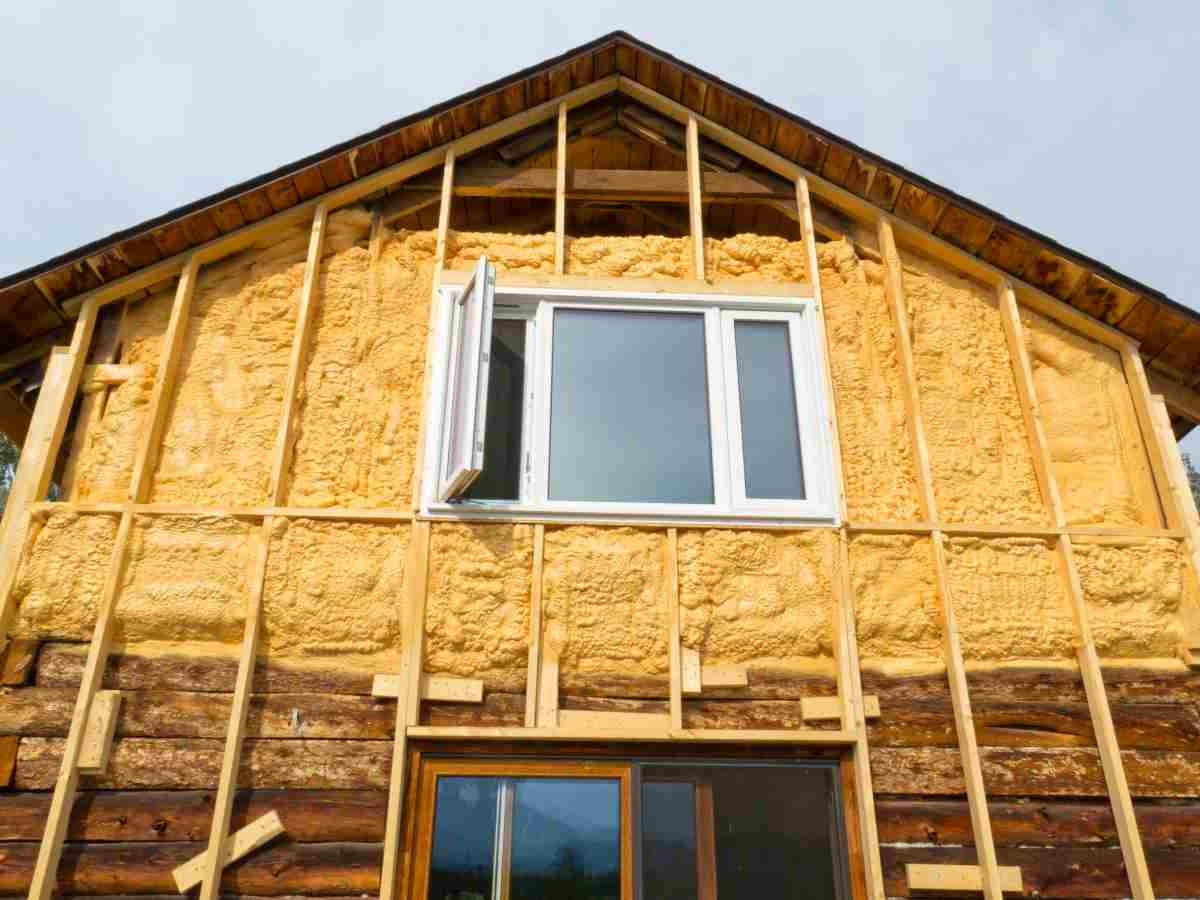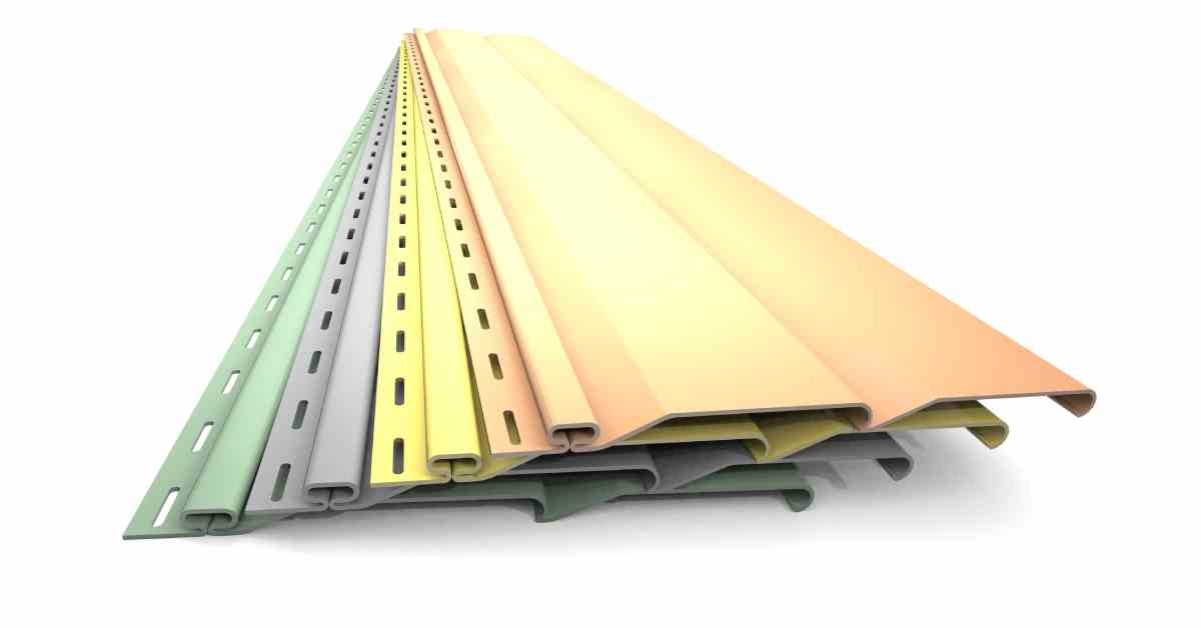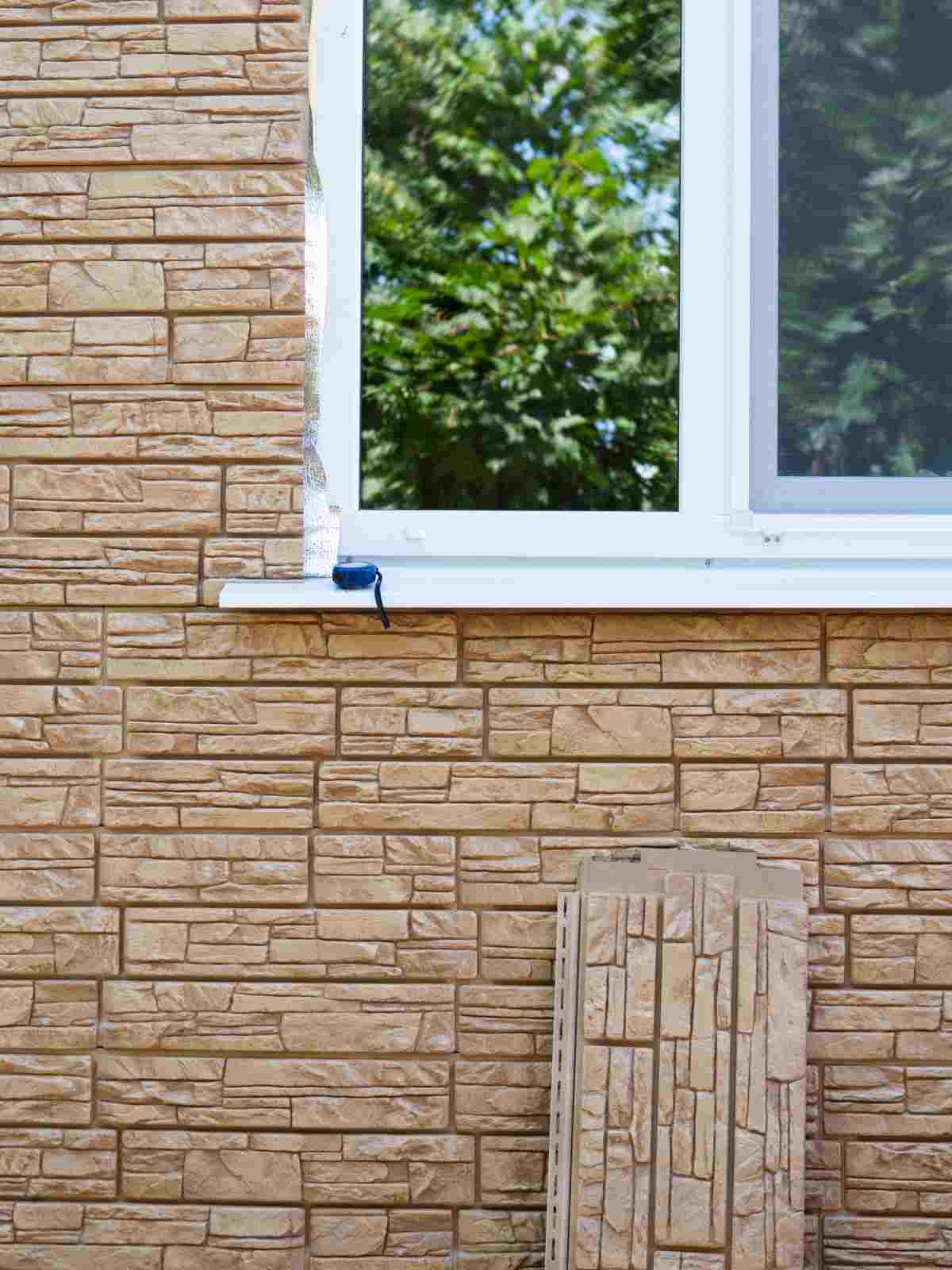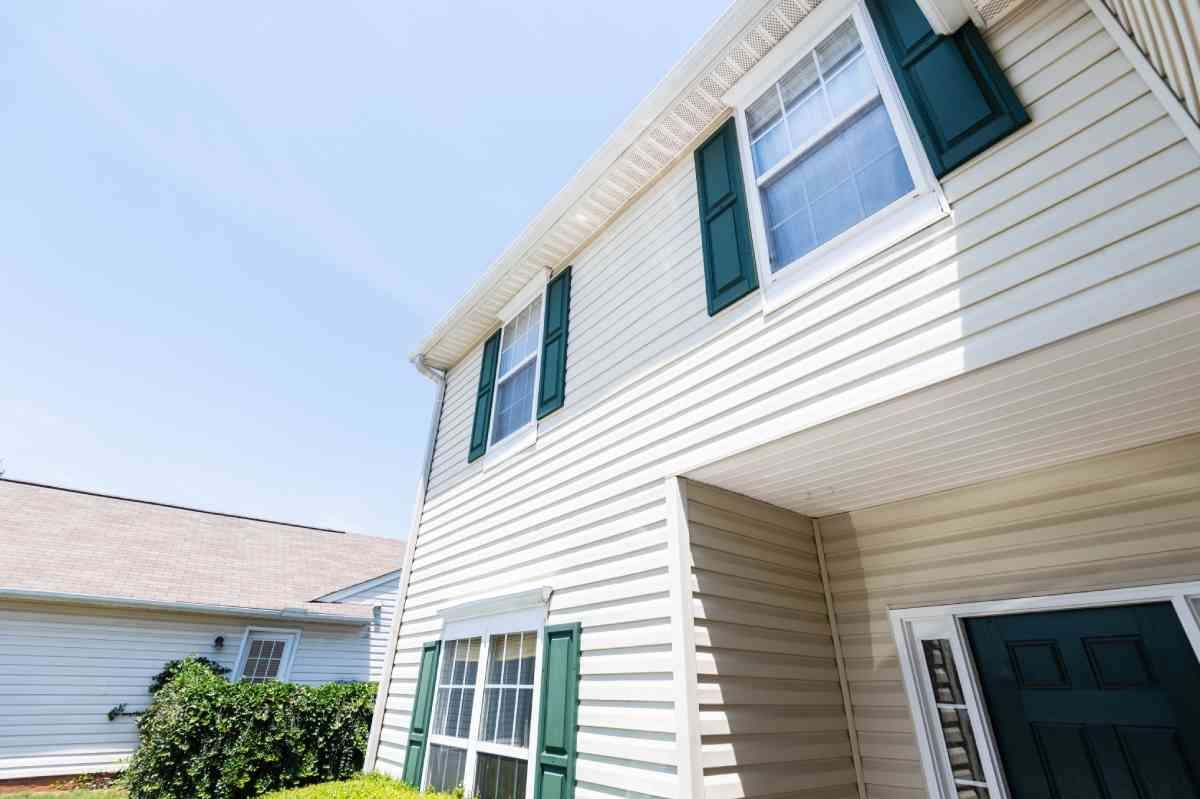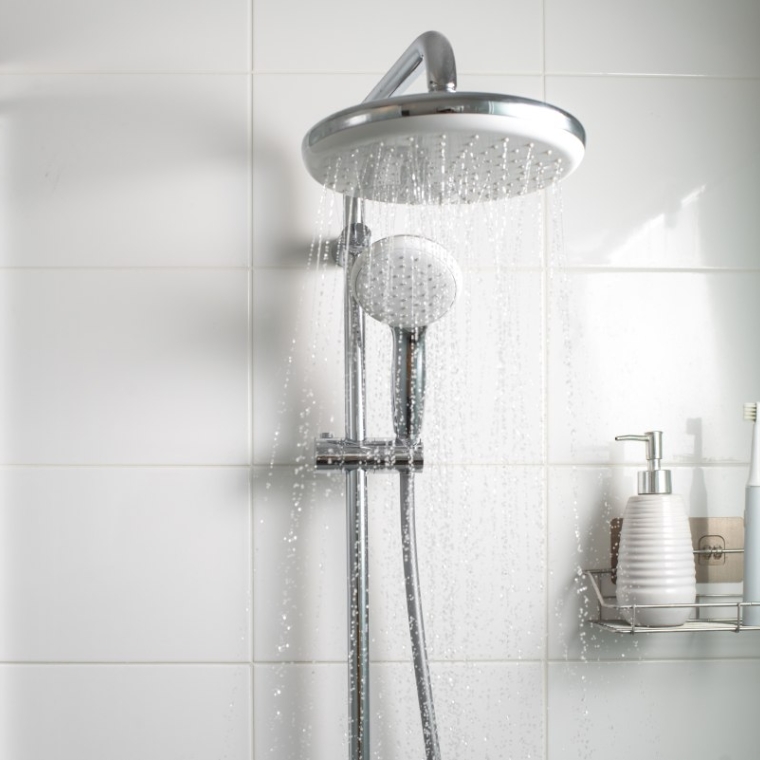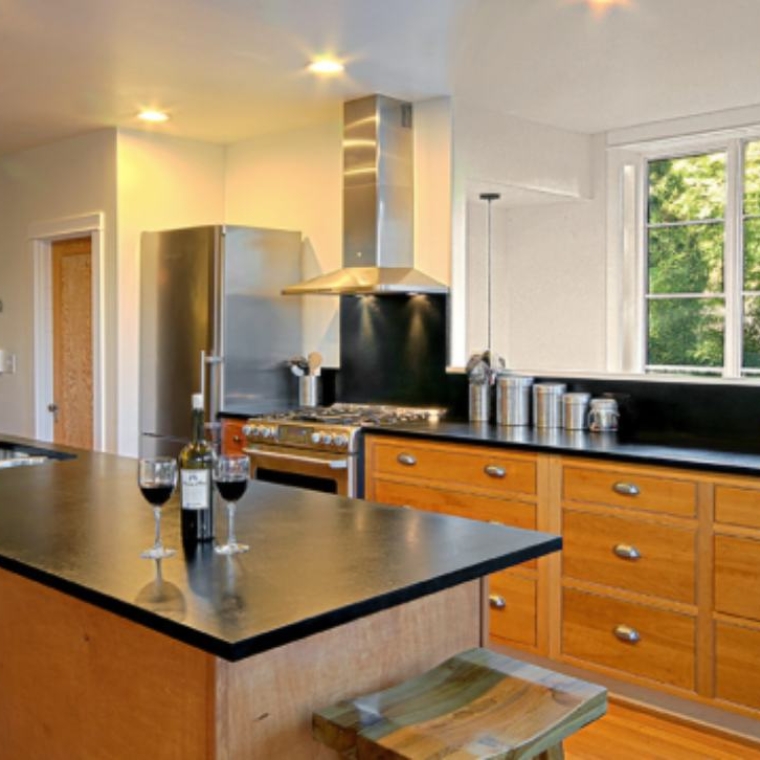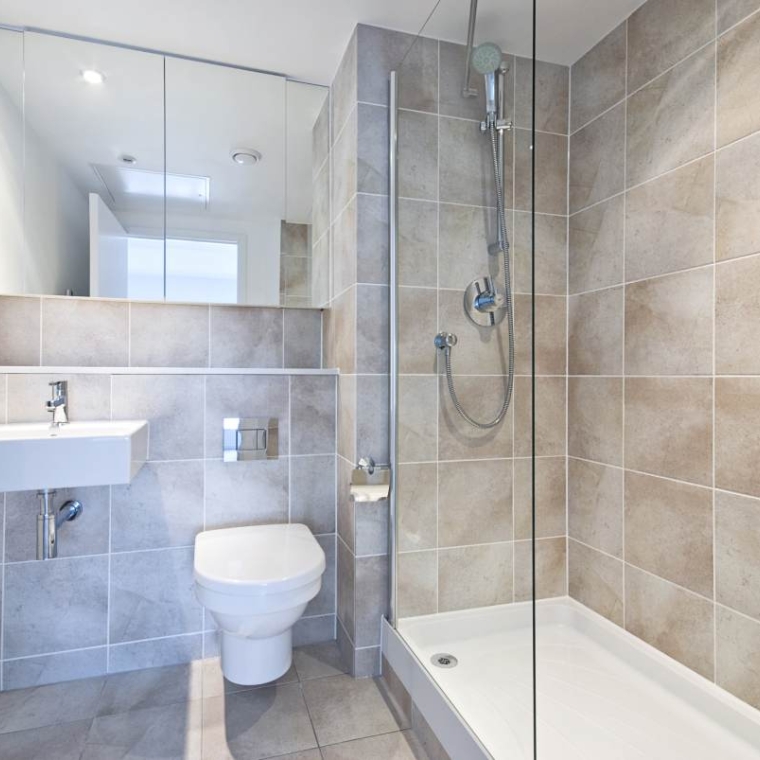Siding
Siding: Installation, Colors, Panels, Mainteinance
If you're seeking information about siding installation, siding colours, siding panels, or siding cleaners, you've landed in the right place.
In this article, we delve deep into the world of home siding, exploring its crucial role in your home's protection, aesthetics, and energy efficiency.
We'll guide you through the ins and outs of the siding installation process, help you navigate the diverse palette of siding colors, and compare the different types of siding panels available.
We'll also share valuable tips on maintaining your siding to ensure its longevity, including cleaning techniques and signs of when it might be time for a replacement.
Whether you're planning a full siding upgrade or simply seeking to better care for your existing siding, this article has you covered.
And if you want to know even more about siding, give a look at our articles!
For more valuable home improvement information delivered straight to your inbox, consider subscribing to our newsletter!
What is Siding Used For?
Siding is a protective material attached to the exterior of a house or other building. It serves multiple purposes:
Siding shields your home from the elements, including wind, rain, and harsh sunlight, preventing water damage and potential structural issues.
It helps in maintaining your home's temperature, contributing to its energy efficiency.
Siding significantly enhances your home's curb appeal, allowing you to personalize your home's exterior with a variety of materials and colors.
Good quality, well-maintained siding can increase your home's resale value.
Understanding Siding installation
Siding installation can dramatically improve the aesthetics of your home, protect it from the elements, and increase its value. But it's a task that requires careful planning and execution.
Installation begins with preparation. A water-resistant barrier is applied to the sheathing, and then a layer of insulating foam board is installed.
After this, the siding of your choice is fastened to your home, ensuring each piece is level and securely attached. Finally, trim and other accessories are added to complete the look.
While it's technically possible to install siding yourself, it's generally recommended to hire professionals for this task.
Installing siding requires specific tools and skills, and errors can lead to significant problems such as water damage, insulation issues, and even structural damage.
Additionally, professional installers are familiar with local building codes and have the expertise to ensure the siding is properly installed and sealed.
While DIY installation might save upfront costs, professional installation is often a worthwhile investment for the long-term health and appearance of your home.
A siding's lifecycle begins with the careful selection of the material that best fits your home's aesthetic and climatic needs. After choosing the right siding, professional installation ensures its durability and efficiency.
Over time, different types of siding materials require varying degrees of maintenance, from regular cleaning to sealing and repainting.
The lifespan of your siding largely depends on its material and maintenance. For example, while vinyl siding may last up to 60 years with minimal maintenance, wood siding, despite its natural charm, often requires more care and may last for around 20-40 years.
Recognizing when your siding needs a touch-up or a complete replacement is crucial to maintain your home's curb appeal and structural integrity.
Stay vigilant for signs of aging or damage such as warping, peeling, or chipping paint, water stains, mold or mildew, or pest infestations
Installing new siding on an old house can give it a dramatic facelift.
Here are the basic steps, though the process can vary depending on the type of siding:
- Assessment: Evaluate the condition of the old siding. If it's still in good condition, you might be able to install new siding over it. However, if there's significant damage, you'll need to remove it.
- Removal: Carefully remove the old siding, taking precautions to avoid damaging the underlying structure.
- Preparation: Repair any damage to the sheathing and apply a water-resistant barrier.
- Installation: Install the new siding, following the manufacturer's instructions closely. Ensure each piece is level and securely attached.
- Sealing and finishing: Apply caulk to seal any gaps, and install trim and other finishing touches.
Keep in mind that installing new siding on an old house can be a complex task, and it's generally best to hire a professional to ensure it's done correctly and efficiently.
Choosing the Right siding colors for Your Home
The color of your siding plays a critical role in your home's curb appeal. When choosing siding colors, consider the architectural style of your home, the landscape, the color of your roof, and other exterior elements.
Additionally, consider the impact of different colors on the perception of your home.
For instance, lighter colors can make a small home seem larger, while darker colors can make a large home seem less imposing.
According to color psychology, warm colors like red and orange can evoke feelings of excitement and energy, while cool colors like blue and green can create a sense of calm and relaxation.
In recent years, neutral colors like whites, grays, and taupes have been trending in siding colors.
However, the choice of color ultimately depends on personal preference, the style of your home, and the neighborhood aesthetic.
The choice of siding color and material not only influences your home's aesthetic appeal but also its energy efficiency.
Lighter siding colors may reflect more sunlight, reducing the amount of heat your home absorbs during warmer months.
On the other hand, darker colors can help absorb heat during colder months, potentially reducing heating costs.
The type of siding material can also significantly affect your home's insulation. Insulated vinyl siding, for example, can reduce energy loss, thereby lowering your heating and cooling costs.
Conversely, while metal siding may offer a sleek, modern aesthetic, it may require additional insulation to improve energy efficiency.
Different Types of Siding Panels: A Comparison
When it comes to siding panels, there are several options to choose from, each with its own set of pros and cons.
Let's dive in:
Vinyl Siding Panels: Vinyl is a popular choice due to its durability, versatility, and affordability. It comes in a wide variety of colors and textures and requires minimal maintenance. However, it's less environmentally friendly and can warp or melt under extreme temperatures.
Wood Siding Panels: Wood offers a classic, timeless look. It's durable and can be painted or stained in any color. However, it requires more maintenance than other types and is more susceptible to pests and moisture damage.
Fiber Cement Siding Panels: Fiber cement is a mix of wood fibers, cement, and sand. It's extremely durable, resistant to fire and pests, and can mimic the look of wood or stone. However, it's heavier than other types and requires professional installation.
Metal Siding Panels: Metal (usually aluminum or steel) is durable, fire-resistant, and recyclable. It requires minimal maintenance but can be prone to denting and corrosion.
When choosing siding panels, consider factors like climate, budget, maintenance, and aesthetic preferences.
After understanding the diverse range of siding panels available, it's crucial to have a comparative view to make an informed decision.
For instance, while vinyl siding is versatile, affordable, and requires minimal maintenance, it may warp under extreme temperatures.
Wood siding, with its timeless appeal, offers great durability but demands regular maintenance to ward off pests and moisture damage.
Fiber cement siding, a mix of wood fibers, cement, and sand, boasts exceptional durability and resistance to fire and pests, but it may require professional installation due to its weight.
Metal siding, typically aluminum or steel, requires minimal maintenance and is recyclable, but it may be prone to denting and corrosion.
Proper maintenance can extend your siding's lifespan and preserve its appearance.
Vinyl siding can be easily cleaned with mild soap and a garden hose.
Wood siding requires more attention – it may need regular sealing or painting to protect it from the elements and pests.
Fiber cement siding is exceptionally durable, but it might require periodic painting to keep it looking its best.
Metal siding, while requiring little maintenance, may need regular inspections to spot and rectify any instances of corrosion or denting.
With increasing consciousness about environmental sustainability, homeowners are becoming more concerned about the ecological footprint of their building materials, including siding.
Different siding materials have varied environmental impacts based on their lifecycle, from production to disposal.
Vinyl Siding: This material is made from polyvinyl chloride (PVC), a type of plastic. Although it's durable and requires little maintenance, PVC production releases harmful chemicals. However, vinyl siding can be recycled, mitigating its environmental impact.
Wood Siding: Wood is a renewable resource and biodegradable, which makes it an eco-friendly option. However, using responsibly-sourced wood that's certified by organizations like the Forest Stewardship Council is essential to promote sustainable forestry practices.
Fiber Cement Siding: Although its production involves substantial energy, fiber cement's durability, and longevity make it a more sustainable option than some alternatives. Additionally, some manufacturers incorporate recycled materials in their products.
Metal Siding: Both aluminum and steel siding can be recycled indefinitely without loss of quality, making them highly sustainable. However, the mining and refining processes can be energy-intensive.
When considering the environmental impact, remember to balance it with other factors like durability, maintenance, and aesthetic preferences.
Different types of siding provide varying levels of insulation, contributing to your home's overall energy efficiency.
Vinyl Siding: Vinyl siding, especially insulated vinyl siding, can help reduce energy loss through the walls of your home, leading to lower heating and cooling costs.
Wood Siding: Wood naturally has excellent insulating properties, but it requires regular maintenance to preserve its insulation capacity.
Fiber Cement Siding: While fiber cement itself doesn't offer significant insulation, installing a layer of foam insulation underneath can enhance energy efficiency.
Metal Siding: Metal isn't a good insulator, but installing a layer of rigid foam insulation can mitigate this.
Every siding material presents a unique cost-benefit scenario.
Vinyl siding is generally the most affordable option, offering durability and low maintenance at a lower price point.
Wood siding, while more expensive, can add significant value to your home due to its classic aesthetic and charm.
Fiber cement siding, while having a higher initial cost, can be a cost-effective choice in the long run due to its exceptional durability and low maintenance.
Metal siding, while durable and low-maintenance, may have a higher initial cost but can be cost-effective over time.
How to Assess Your Siding's Lifespan and When to Replace It
Regular inspection of your siding can help you identify signs of damage or aging early, potentially saving you significant repair costs. Look for warping, peeling, or chipping paint, water stains, mold or mildew, or damage from pests. If you see any of these signs, you may need to repair or replace your siding.
The lifespan of your siding depends on the material and how well it's maintained.
Vinyl can last up to 60 years, wood can last 20-40 years with proper maintenance, fiber cement can last 50+ years, and metal can last 40+ years.
Regular inspection of your siding is essential to maintaining its health and appearance. Common signs of damage include discoloration, warping, and the presence of mold or mildew.
Additionally, an increase in your home's energy bills might indicate poor insulation due to damaged siding.
Regular cleaning can help prevent many of these issues and extend the lifespan of your siding. Different siding materials may require specific cleaning methods.
Commercial cleaners or a homemade solution of vinegar and water can effectively clean most siding types. Always follow the manufacturer's cleaning instructions to avoid unintentional damage.
Regular cleaning of your siding can keep it looking its best and extend its lifespan.
Different types of siding materials require different types of cleaners.
For instance, vinyl siding can be cleaned with a solution of water and mild detergent, while wood siding may require a specialized wood cleaner.
There are commercial siding cleaners available that are designed to tackle common issues like mold, mildew, and dirt.
However, for a cost-effective and environmentally friendly alternative, you can make your own siding cleaner using household items. A simple solution of vinegar and water can work wonders on many types of siding.
Whether you choose a commercial cleaner or a DIY solution, remember to test it on a small, inconspicuous area first. And always follow the manufacturer's cleaning instructions for your specific type of siding to prevent damage.
Conclusion
In summary, upgrading your home's siding involves many factors, from the installation process and choosing the right color, to selecting the best type of siding panels and understanding how to clean them.
Whether you're installing new siding or maintaining existing siding, having a solid understanding of these components can help you make informed decisions and keep your home looking its best.
For more helpful home improvement tips and advice, don't forget to subscribe to our newsletter!
Last update: 04 Jan 2026



